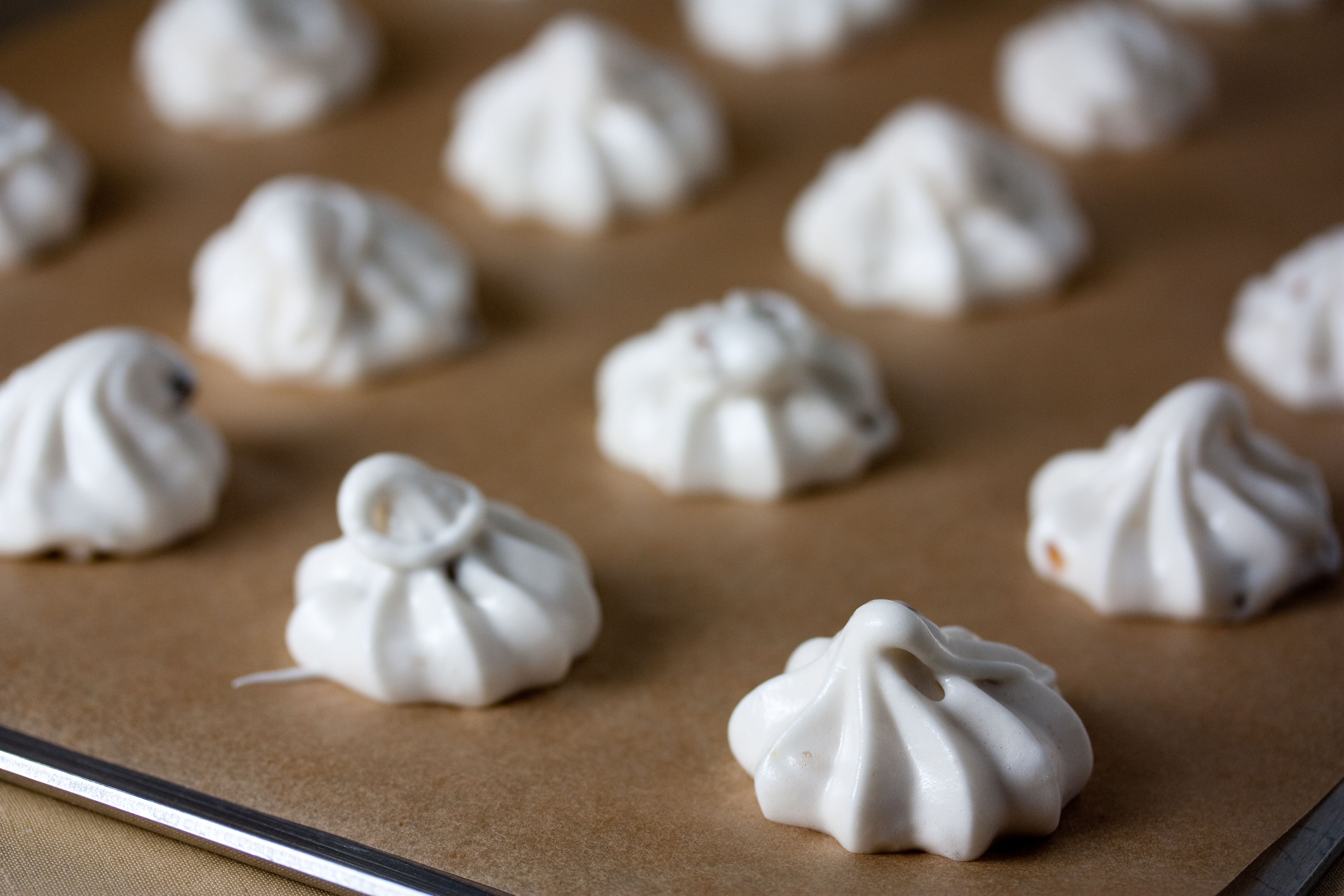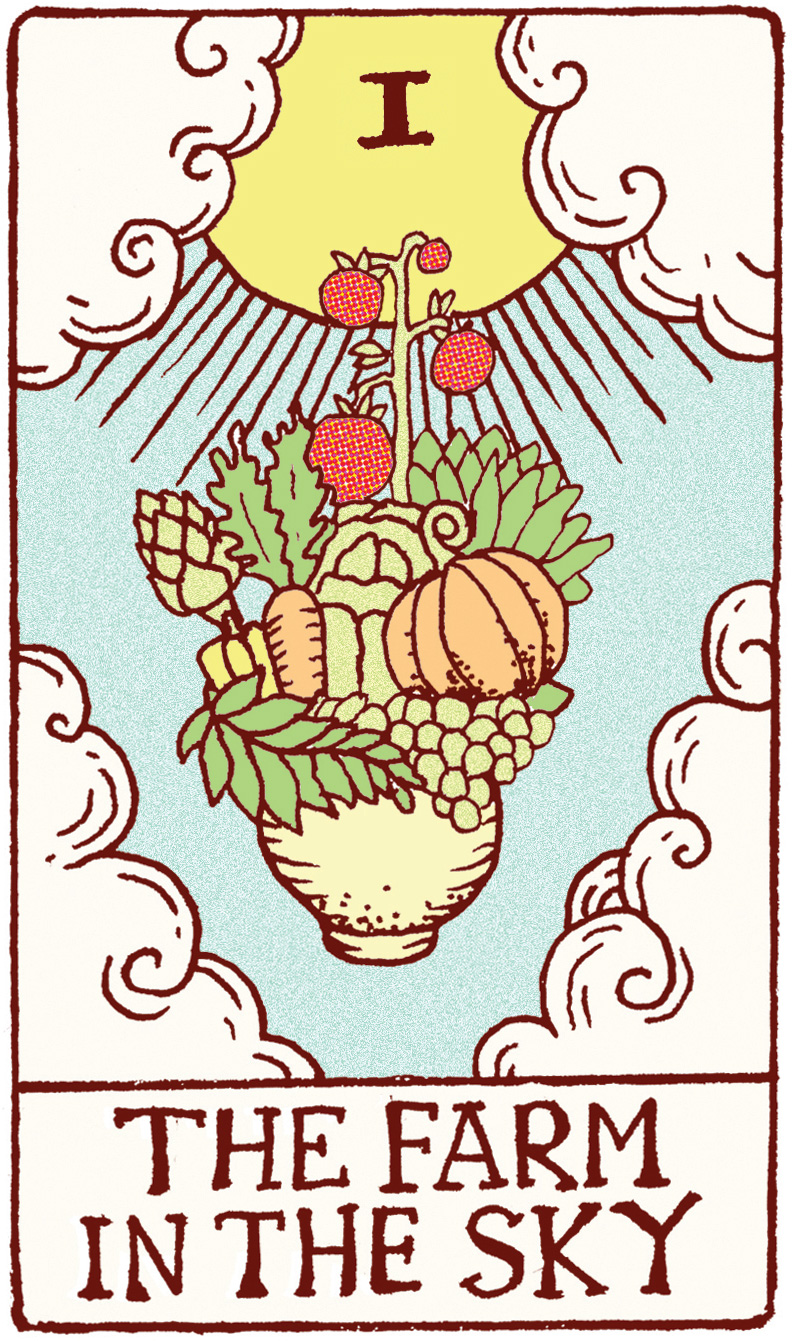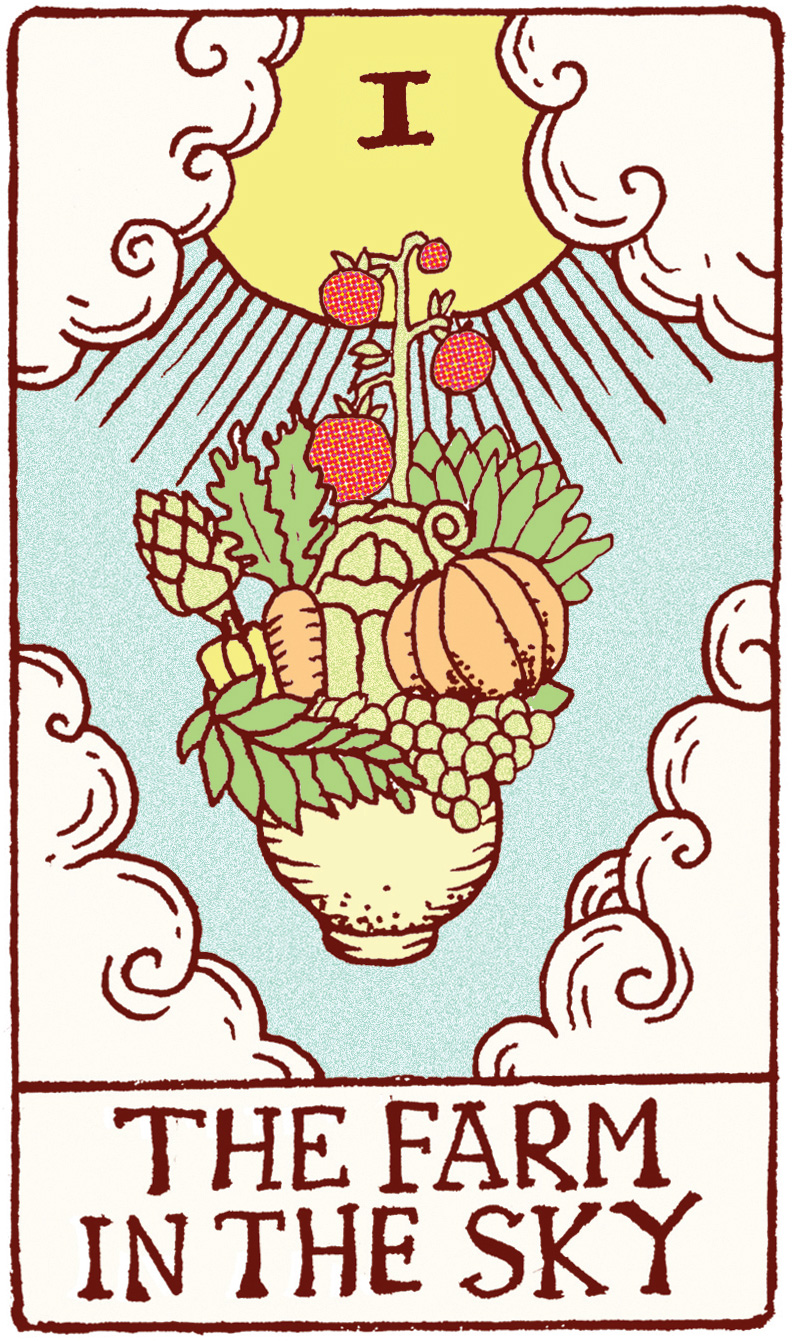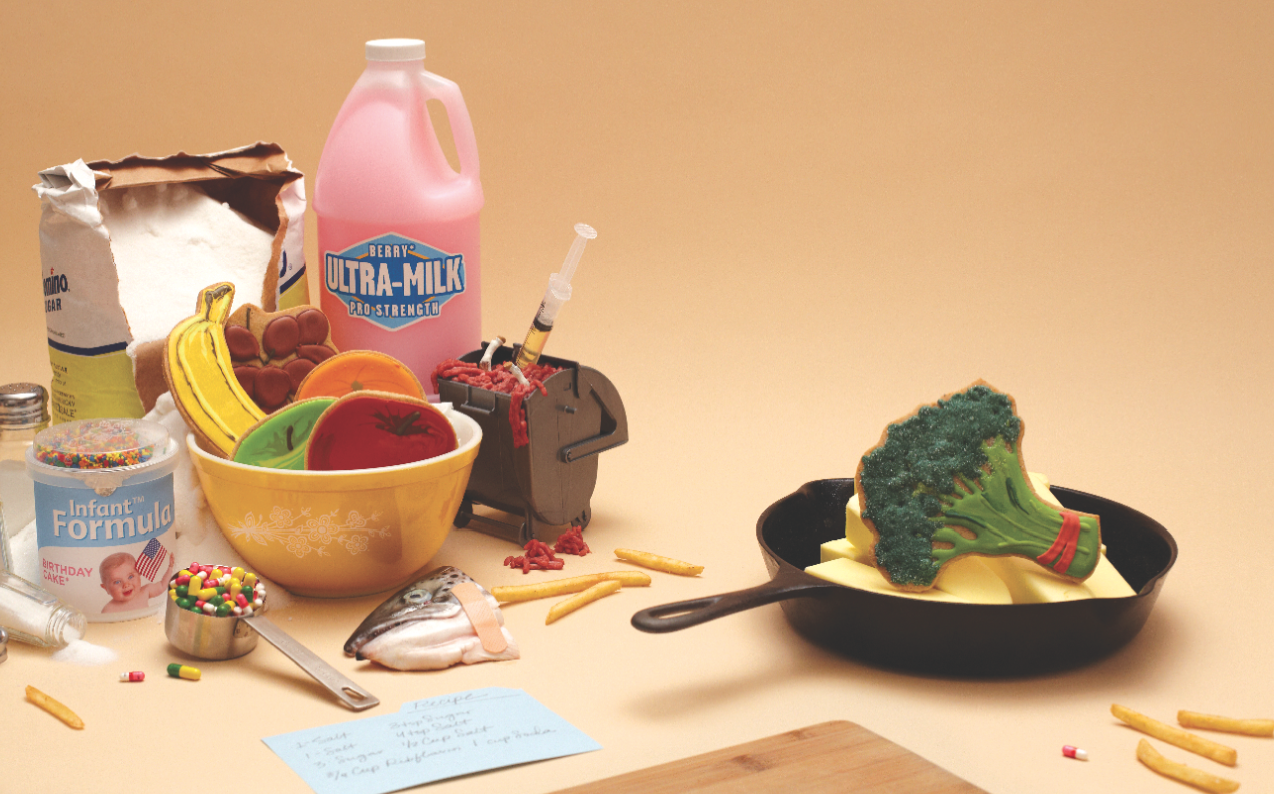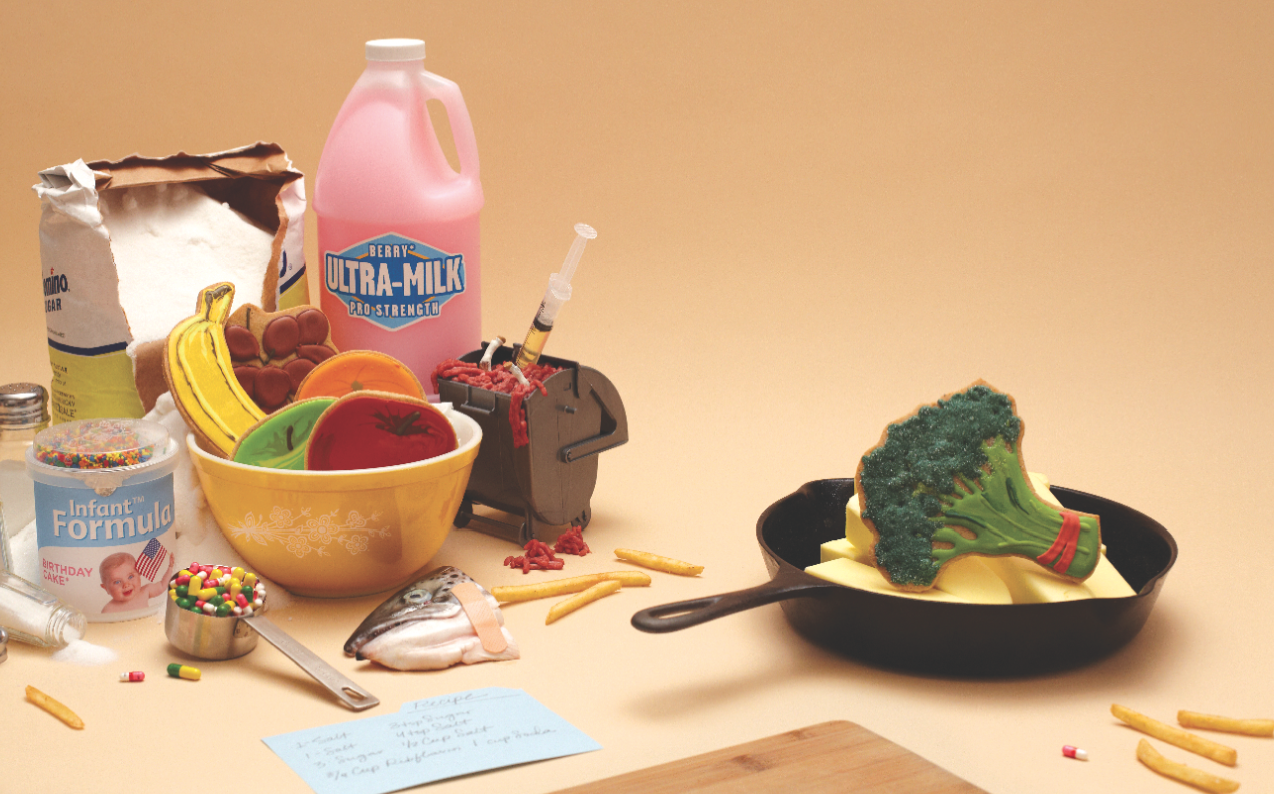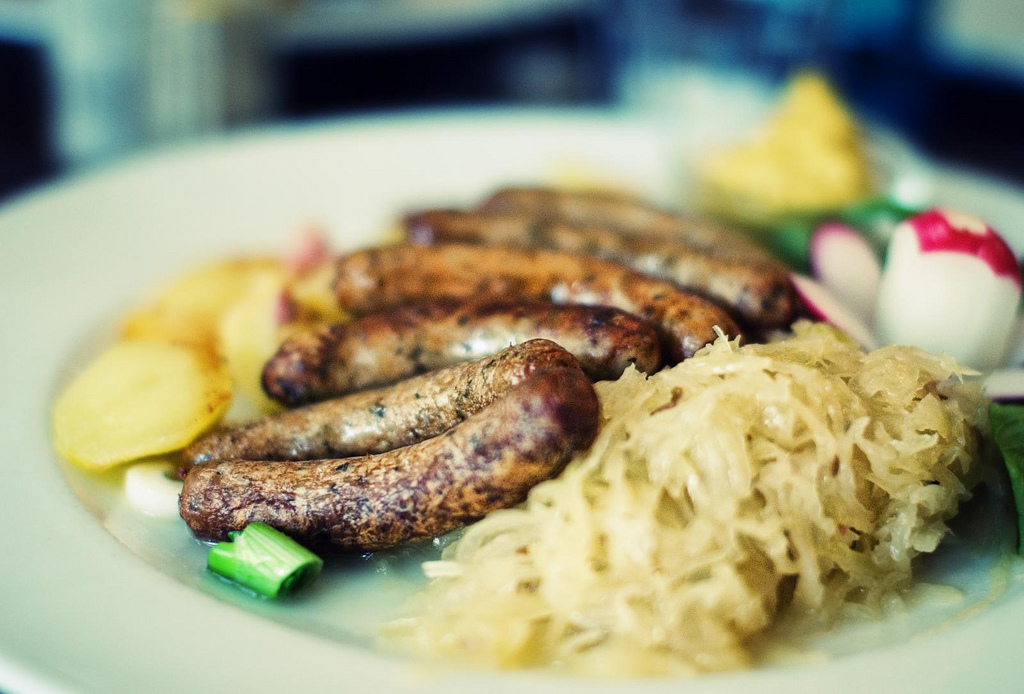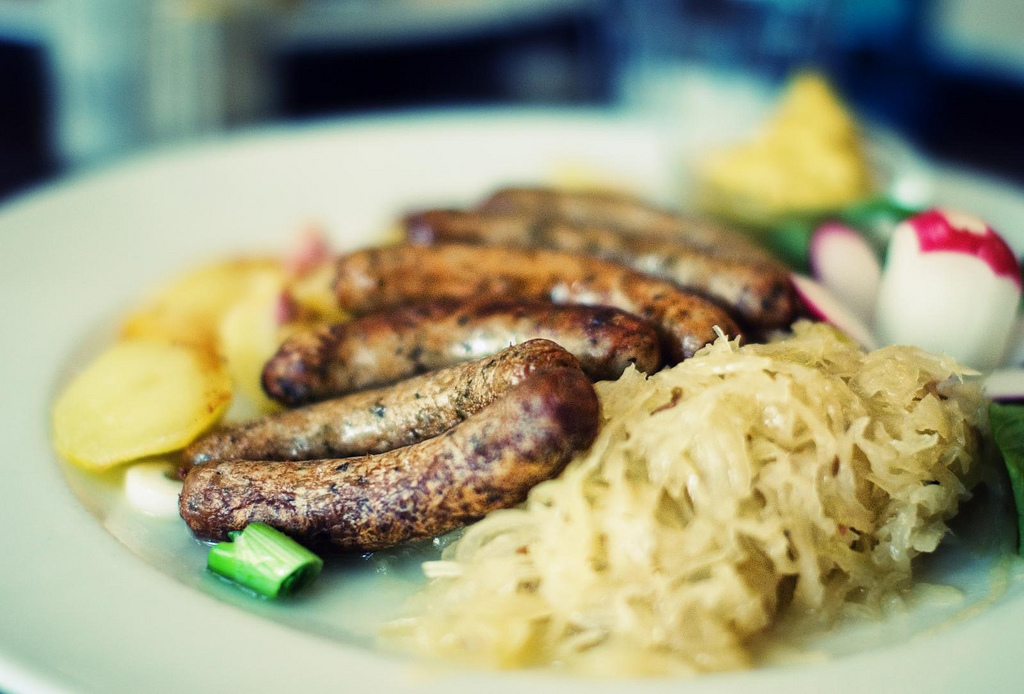Aquafaba Meringues
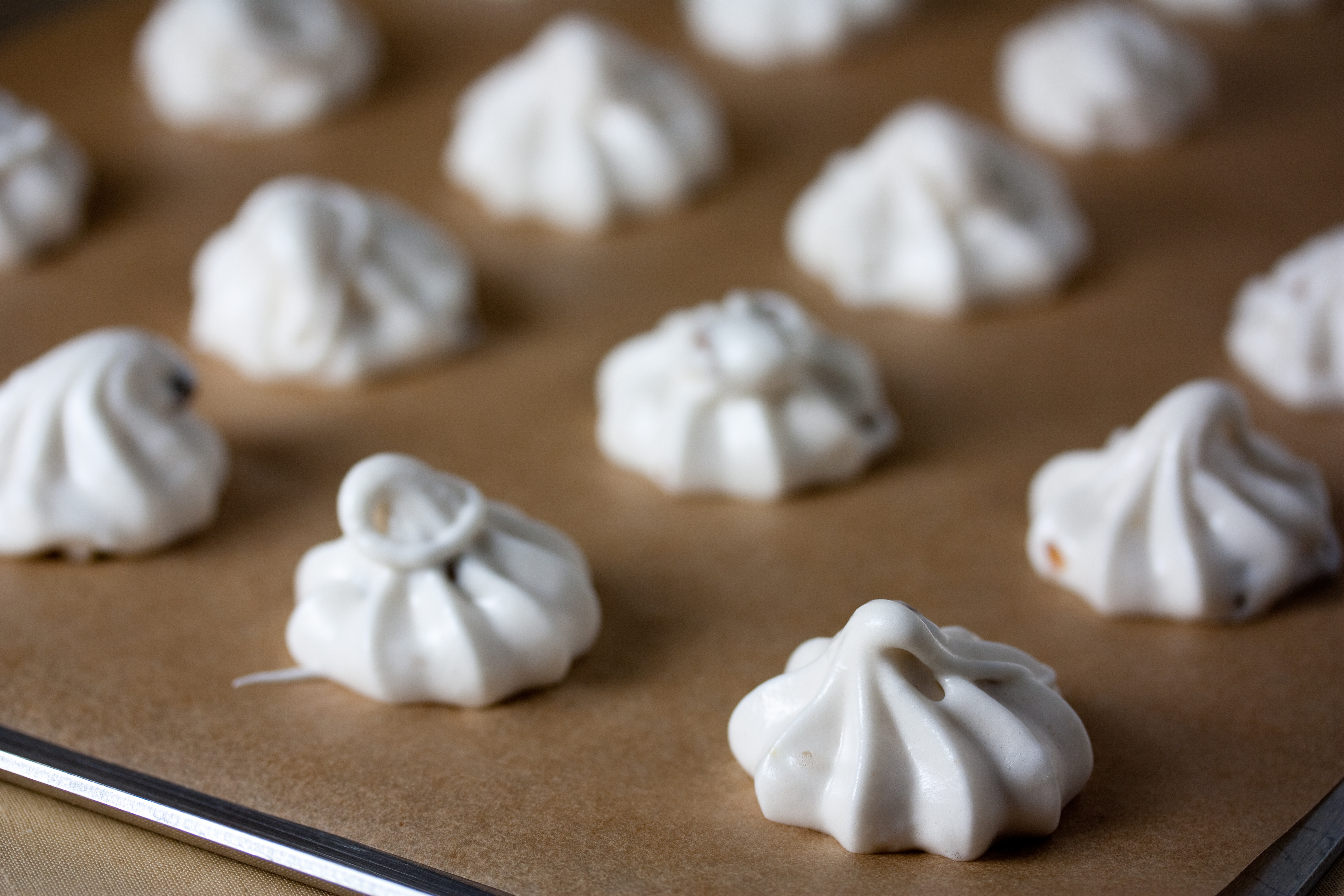
Photo credit: veganbaking.net (vegan-baking/Flickr)
Dr. Kent Kirshenbaum flew from NYC to LA to speak at our March 8th public lecture about the impact of what we eat, sharing the stage with Dr. Amy Rowat, Dr. Paul Thompson, and Chef Daniel Patterson. Impressively he brought along with him a case of hundreds of homemade vegan meringues for lecture attendees to nosh on after the event.
In lieu of egg whites, the meringues contained aquafaba, the liquid from canned chickpeas. To the surprise and delight of Science & Food guests, the airy confections were devoid of any chickpea flavor. Some reached for seconds (or guilty thirds) while others wondered how Dr. Kirshenbaum was able to transport the fragile cookies across the country without any of them breaking. (Note from backstage: all the cookies were in mint condition when we received the case from Dr. Kirshenbaum–until moments before the event when one of us volunteers fumbled during setup and dropped one. Oops!)
Whether you want to recreate Dr. Kirshenbaum’s aquafaba meringues because you loved them so much or you couldn’t make the event, we have the recipe below!

A Science & Food volunteer offers guests Dr. Kent Kirshenbaum’s amazing vegan meringues.
Photo credit: Abbie F. Swanson (@dearabbie/Twitter)
Aquafaba Meringues
1/2 to 3/4 cup of liquid drained from a 15 oz can of chickpeas
1/2 cup sugar
1. Preheat oven to 215 °F.
2. Using an electric mixer, beat the canned chickpeas liquid at high speed until stiff peaks form.
3. Once peaks have formed, add sugar one tablespoon at a time. After all the sugar is incorporated, if the foam feels gritty, keep whipping until the mixture is smooth.
4. Spoon or pipe the meringue in 1.5 inch dollops onto parchment paper-lined baking sheets.
5. Bake at 215 °F for 1.5 hours.
6. After baking, turn off the oven and crack the oven door open to allow the cookies to cool to room temperature. Store cookies in an airtight container.
 About the author: Alice Phung once had her sights set on an English degree, but eventually switched over to chemistry and hasn’t looked back since.
About the author: Alice Phung once had her sights set on an English degree, but eventually switched over to chemistry and hasn’t looked back since.

